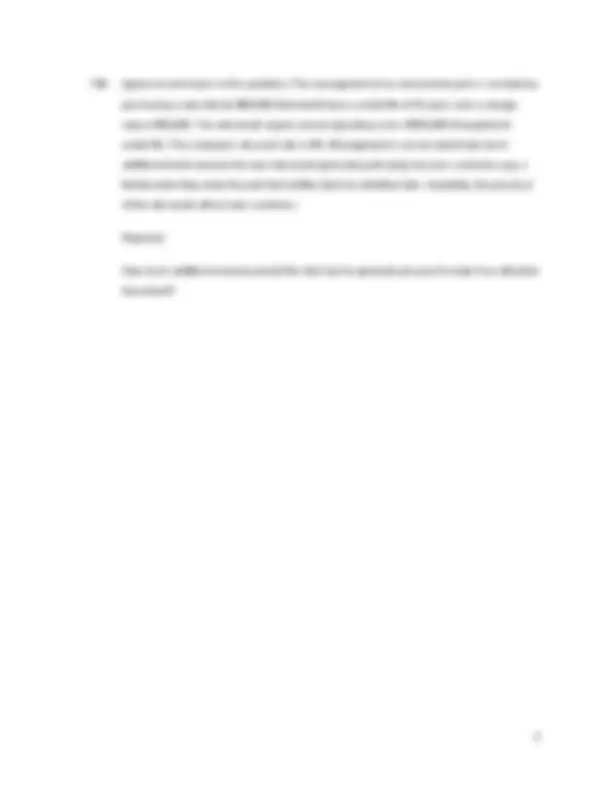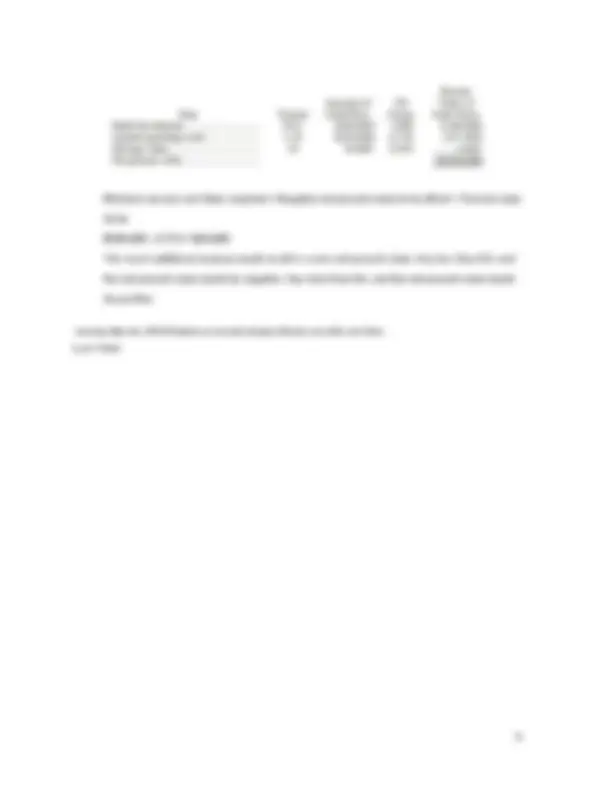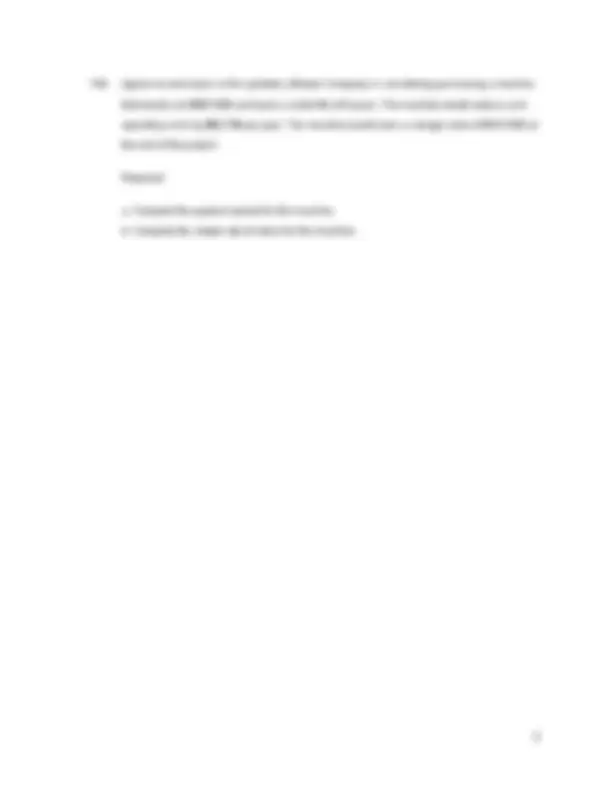





Study with the several resources on Docsity

Earn points by helping other students or get them with a premium plan


Prepare for your exams
Study with the several resources on Docsity

Earn points to download
Earn points by helping other students or get them with a premium plan
Community
Ask the community for help and clear up your study doubts
Discover the best universities in your country according to Docsity users
Free resources
Download our free guides on studying techniques, anxiety management strategies, and thesis advice from Docsity tutors
Solutions to various capital budgeting problems, including computing net present value, internal rate of return, payback period, and simple rate of return for different investment projects. Students can use this document to understand the concepts and calculations of these financial metrics.
Typology: Slides
1 / 6

This page cannot be seen from the preview
Don't miss anything!




All of the above items, except for depreciation, represent cash flows. The company's required rate of return is 12%.
Required:
a. Compute the project's net present value. b. Compute the project's internal rate of return to the nearest whole percent. c. Compute the project's payback period. d. Compute the project's simple rate of return.
Learning Objective: 08-01 Evaluate the acceptability of an investment project using the net present value method. Learning Objective: 08-02 Evaluate the acceptability of an investment project using the internal rate of return method. Learning Objective: 08-05 Determine the payback period for an investment. Learning Objective: 08-06 Compute the simple rate of return for an investment. Level: 2 Medium
a. Because depreciation is the only noncash item on the income statement, the annual net cash flow can be computed by adding back depreciation to net operating income.
b. The formula for computing the factor of the internal rate of return (IRR) is: Factor of the IRR = Investment required ÷ Annual net cash inflow $1,200,000 ÷ $300,000 = 4.00 Factor To the nearest whole percent, the internal rate of return is 21%
c. The formula for the payback period is: Payback period = Investment required ÷ Annual net cash inflow $1,200,000 ÷ $300,000 per year = 4.0 years
d. The formula for the simple rate of return is: Simple rate of return = Annual incremental net operating income ÷ Initial investment $180,000 ÷ $1,200,000 = 15%
Minimum annual cash flows required = Negative net present value to be offset ÷ Present value factor $165,638 ÷ 6.710 = $24, This much additional revenue would result in a zero net present value. Any less than this and the net present value would be negative. Any more than this and the net present value would be positive.
Learning Objective: 08-03 Evaluate an investment project that has uncertain cash flows. Level: 3 Hard
Required:
a. Compute the payback period for the machine. b. Compute the simple rate of return for the machine.